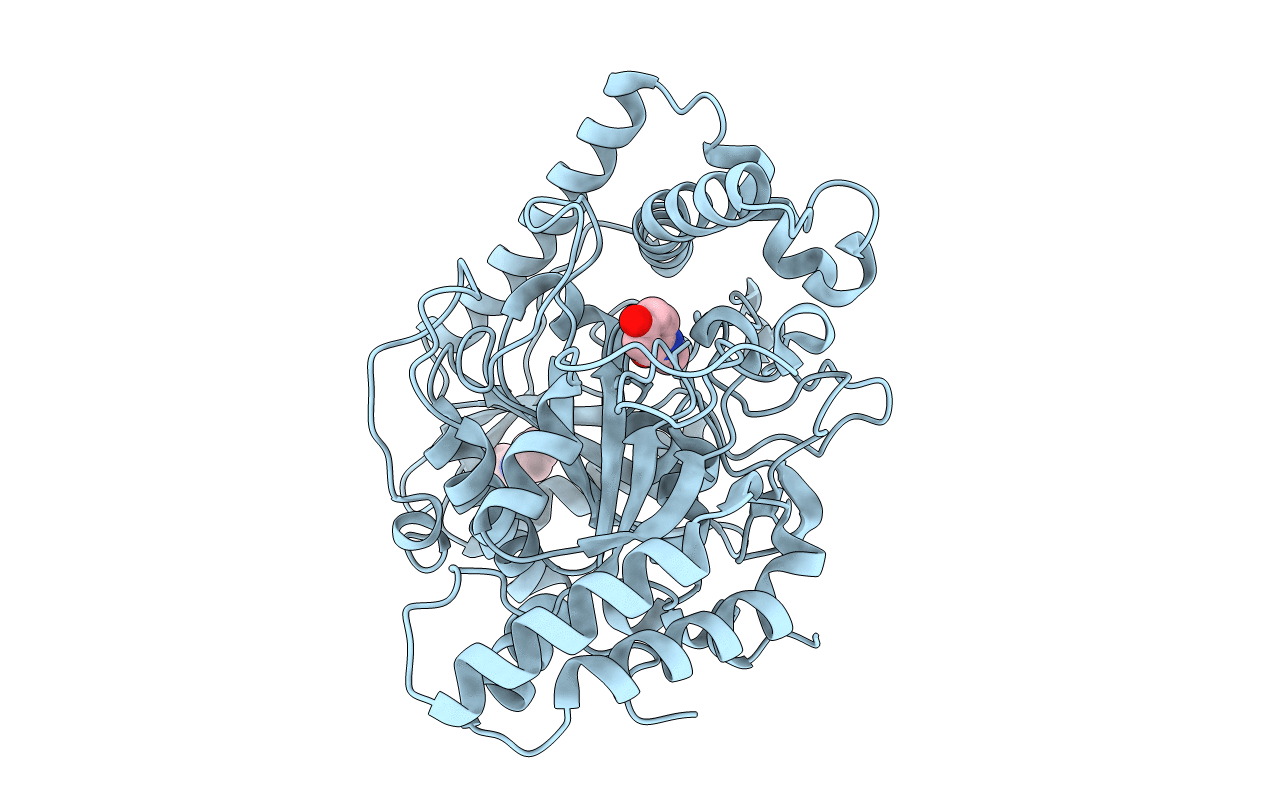
Deposition Date
2015-03-03
Release Date
2015-11-04
Last Version Date
2023-11-08
Entry Detail
PDB ID:
4YJI
Keywords:
Title:
The Crystal Structure of a Bacterial Aryl Acylamidase Belonging to the Amidase signature (AS) enzymes family
Biological Source:
Source Organism:
bacterium CSBL00001 (Taxon ID: 641298)
Host Organism:
Method Details:
Experimental Method:
Resolution:
1.73 Å
R-Value Free:
0.18
R-Value Work:
0.16
R-Value Observed:
0.16
Space Group:
P 41 21 2


